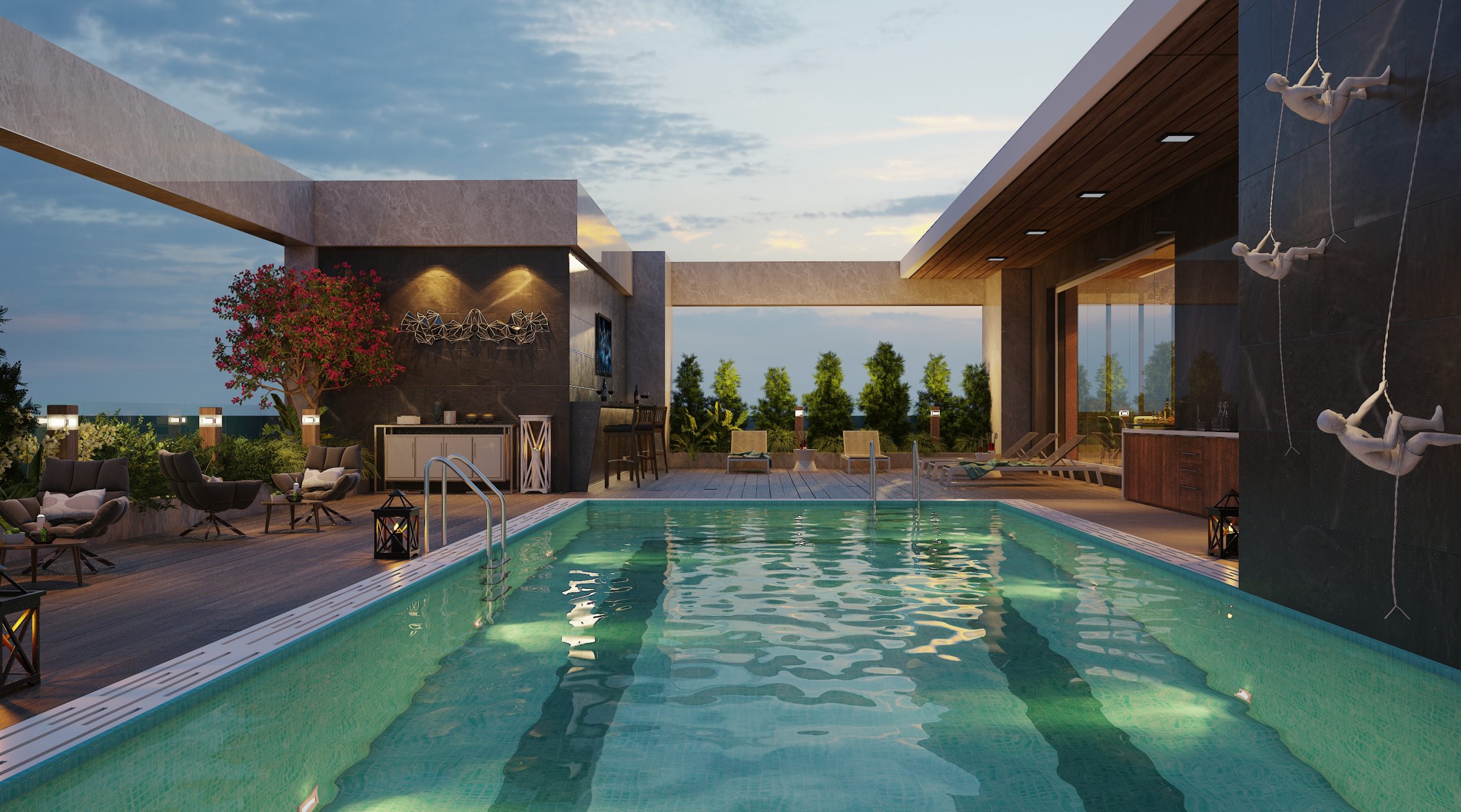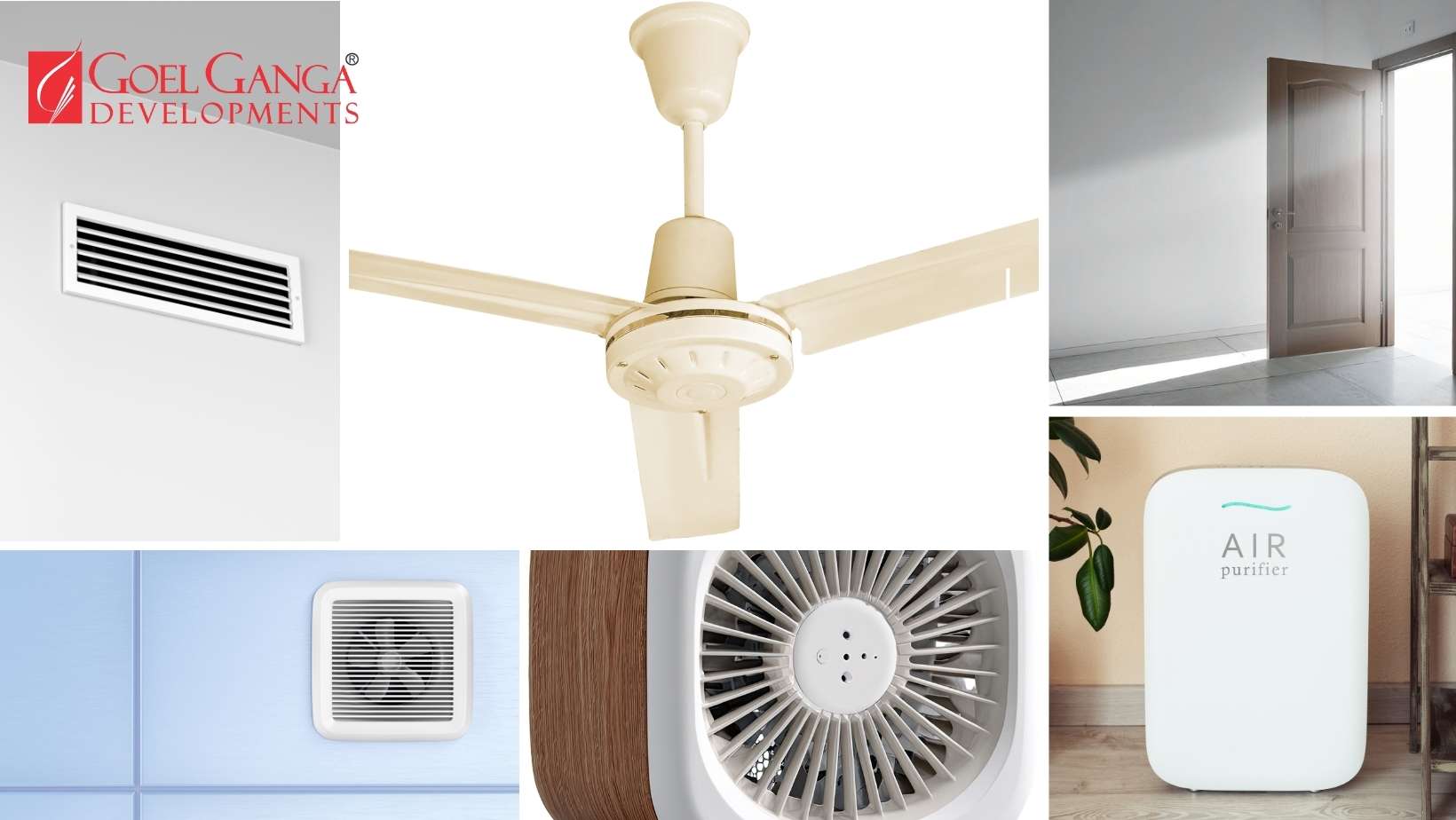A sofa lives in the heart of your living room. It’s a spot for relaxation, entertainment, and even the occasional nap. Choosing the right sofa requires careful thought, as it’s an investment that should last for years.
Here are ten essential factors to consider before making your purchase.
Table of Contents
ToggleTry it Before You Buy It
The first rule of buying seating furniture is testing it out. Sit, recline, and stretch on the sofa to ensure it suits your comfort preferences. Seat depth is crucial. Most sofas have a depth of around 60 cm, which provides ample space for lounging. Taller individuals might prefer sofas with higher backs for better support, while shorter individuals may prioritize adjustable cushions or shallower depths.
Measure Your Space
Before falling in love with a sofa design, ensure it fits your room. Measure the width, depth, and height of your available space, keeping in mind radiators, shelves, and doorways. A helpful tip is to outline the sofa’s dimensions on the floor using newspapers to visualize its placement. Don’t forget to check if it can easily pass through doors or stairways during delivery.
Invest in a Quality Frame
The frame is the backbone of your sofa’s durability. Opt for solid hardwood frames for longevity to avoid particleboard or metal constructions that may not withstand wear and tear. Look for manufacturers offering guarantees of at least 15 years.
Choose the Right Fabric
Fabric selection impacts aesthetics and practicality. If your sofa is exposed to sunlight, synthetic fabrics are less likely to fade than natural materials. For homes with pets or children, choose fabrics like leather or microfiber that are easy to clean and resistant to stains. Loose cover sofas are also worth considering as they can be removed for washing.
Cushion Fillings Matter
What’s inside the cushions is just as important as what’s outside. Feather-filled cushions offer plush comfort but require regular plumping, while foam or fiber fillings provide structure but may lose their shape over time. A combination of feather and foam cushions balances comfort and durability.
Style vs Timelessness
Trendy designs like velvet or curved sofas might catch your eye so consider whether they align with your long-term style preferences. Classic shapes and neutral colors are safer choices that adapt well to evolving décor trends.
Functionality and Extra Features
Modern sofas offer various functional features like recliners, chaise ends, modular designs, or integrated storage options. If space is limited or you frequently host guests, consider a sofa bed or modular units that adapt to different needs without compromising style.
Order Swatches
Seeing fabric swatches in your home can make all the difference in choosing the right color and texture. Lighting conditions vary from store showrooms to living spaces, so test swatches against your walls and flooring before committing.
Budget Wisely
A sofa is an investment worth prioritizing if within your budget. While it’s tempting to splurge on luxurious designs, ensure you’re paying for quality construction rather than fleeting trends. Allocate funds wisely between aesthetics and durability.
Consider Maintenance
Think about how much time you’re willing to spend maintaining your sofa. Some fabrics require professional cleaning while others can be spot-cleaned easily at home. For busy households, durable materials like canvas or leather are practical choices.
Final Thoughts
Buying a sofa is about functionality, finding something visually appealing, a piece of furniture that compliments your lifestyle while standing the test of time. By considering these ten factors, you’ll be well-equipped to choose a sofa that brings comfort and style into your living space for years to come.










